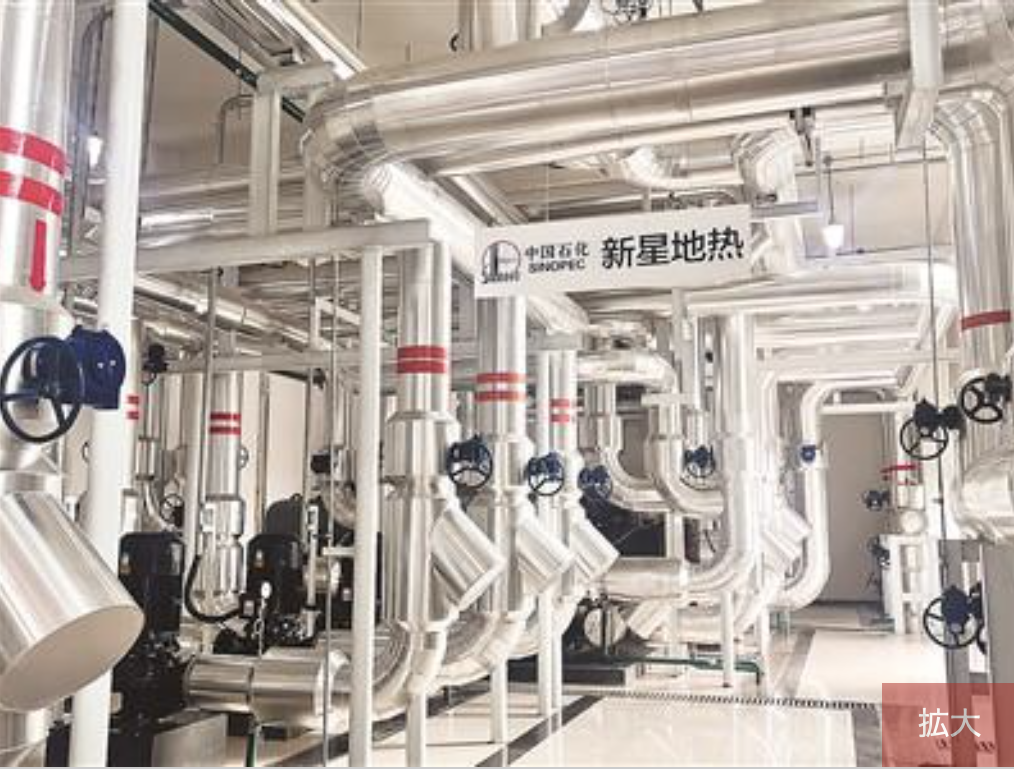China’s direct geothermal energy use will reach 40.6 gigawatts (GW) by the end of 2020, accounting for 38% of the world’s total, making it the largest in the world for several consecutive years. China’s geothermal energy heating and cooling area is 1.39 billion square meters, with an average annual growth rate of 23% over the past five years. Why is geothermal getting so much attention? According to industry insiders, it has to do with its wide distribution, large reserves, stability and reliability, and remarkable carbon emission reduction benefits. The distribution of energy resources in China usually has regional bias. For example, the northwest is rich in coal, wind, and solar energy resources, while the south is rich in water resources. In contrast, geothermal energy is widely distributed and the process of using it emits almost no carbon. The goal of “double carbon” (peak CO2 emissions and carbon neutrality) has brought clean geothermal energy into the spotlight.
Two examples were provided:
At the China Petroleum & Chemical Industry Group Green Energy Corporation Talent Jiayuan Heat Exchange Station in Xiong County, Xiong’an New District, Hebei Province, the heat exchange station is located underground. It does not have a large site area, but it guarantees a winter heating supply for the more than 3,000 households in the complex. At this heat exchange plant, geothermal water is pumped up by submersible pumps, sand is removed by desander, and heat is exchanged in plate heat exchangers. In other words, the heat from the high-temperature underground water is extracted and used as a heat source for winter heating. The thermal energy obtained from the geothermal water is sent to each household through pipes.
At China Petrochemical Green Energy Geothermal Energy Development Corporation, shallow geothermal energy is used instead of air conditioning for cooling. There are about 280 shallow pit holes about 120 meters deep under the green areas and roads in the complex, and the underground thermal energy is transported by pipes to exchange cold and heat between water and underground rock bodies through the action of heat pump units. In winter, the heat from the rock is extracted and used to heat the rooms. In the winter, the heat is extracted from the rock body and used to heat the rooms, and the underground rock body serves as the heat source in this process. In summer, the indoor heat is extracted and released into the rock to produce cold water at a temperature of about 11°C. A circulation pump then sends the water to a fan for circulation.
Geothermal energy can be used in different stages based on different temperatures. Taking Yadu County, Dali City, Yunnan Province, as an example, where medium- and high-temperature geothermal energy is abundant, geothermal energy below 45°C can be used to develop the healthcare industry, such as hot springs and bathing; between 45 and 60°C can be used for heating; and around 60 to 90°C, energy after heating use can be used for greenhouse cultivation. On the other hand, geothermal energy above 90°C can be used for clean power generation. The higher the temperature, the more effective and economical the power generation.
Photo shows the heat exchange station located at the Hebei Xiong’an New District Innovation Center Intermediate Test Base.


